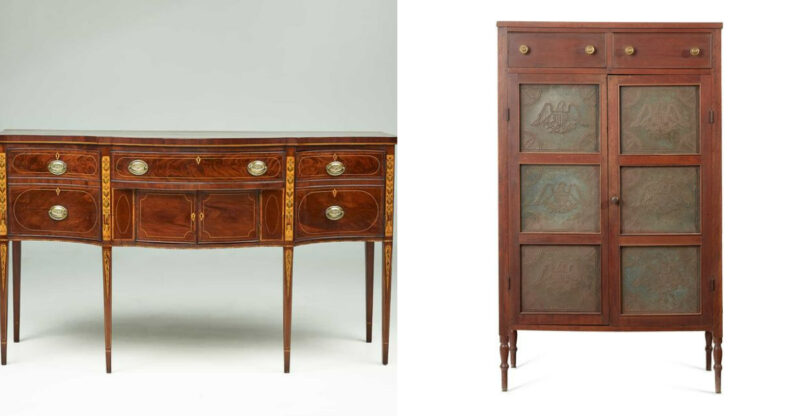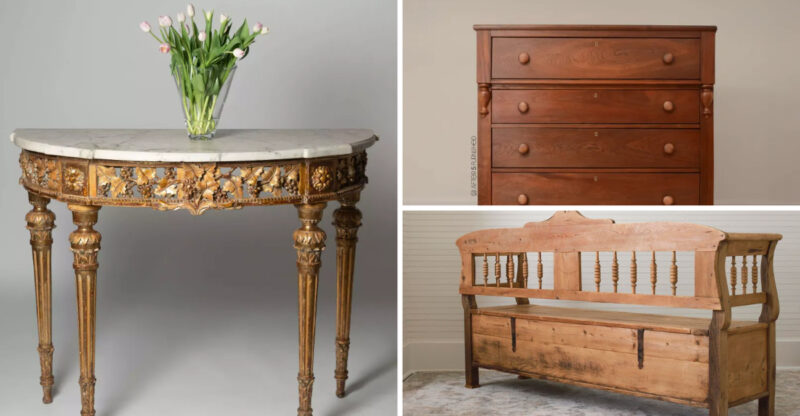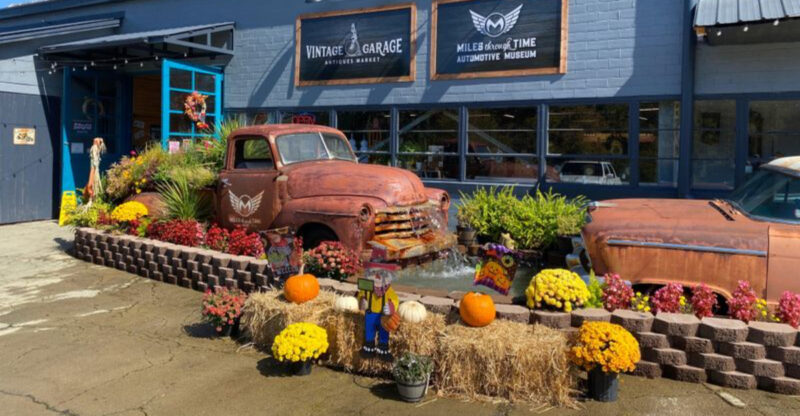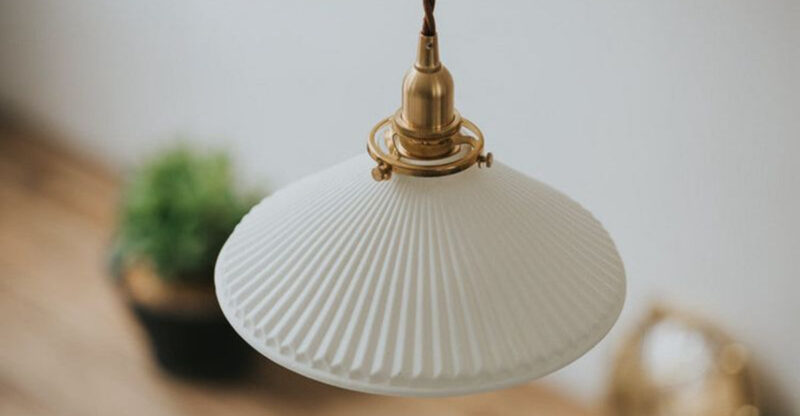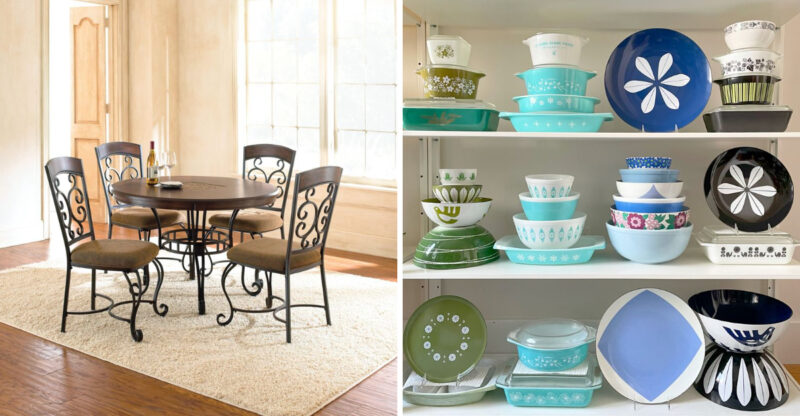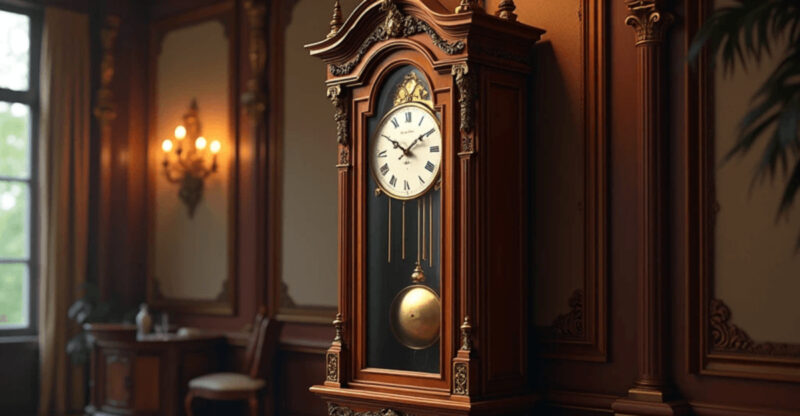12 Iconic Home Items From The 70s That Might Still Be In Your Attic
Remember the groovy era when disco ruled and homes were filled with bold colors and funky designs? The 1970s brought us some of the most distinctive home decor trends in modern history.
Many of these iconic items found their way into our homes, and some might still be lurking in your attic or basement today.
Let’s take a nostalgic trip back to the days of flower power and explore these blast-from-the-past treasures that could be worth something now.
1. Lava Lamps
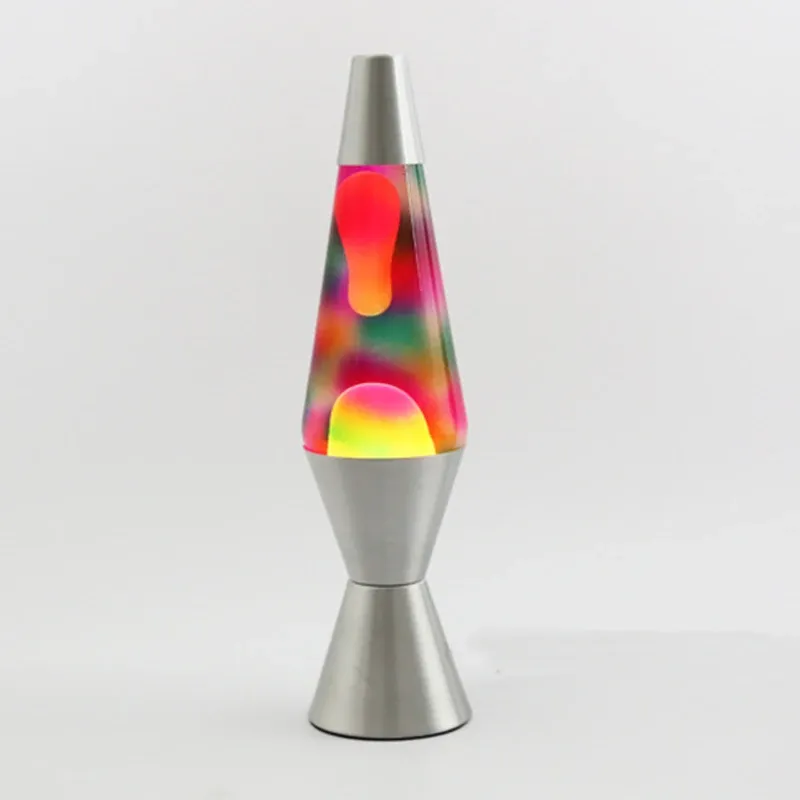
Nothing screams ’70s psychedelic vibes quite like the hypnotic bubbling of a lava lamp. These groovy mood-setters featured colored wax that melted and floated in a mesmerizing dance when heated by the bulb below.
I remember how these lamps transformed ordinary rooms into trippy paradises during parties. Originally invented in the 1960s, lava lamps reached peak popularity during the disco decade when they adorned countless bedrooms and living rooms.
If you’ve got one tucked away, you might be sitting on a collector’s item. Authentic vintage models in working condition can fetch anywhere from $100 to several hundred dollars, especially those in unusual colors or limited edition designs.
2. Bean Bag Chairs
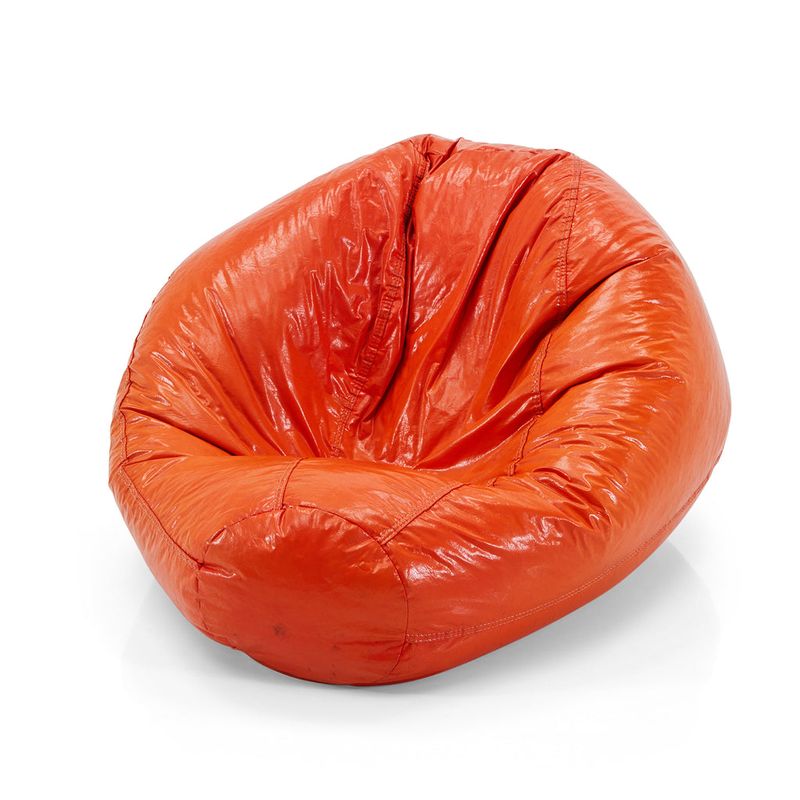
Slouchy, comfortable, and utterly casual bean bag chairs embodied the relaxed attitude of the ’70s perfectly. Made from vinyl or fabric filled with polystyrene beads, these formless seats molded to your body in ways traditional furniture never could.
My cousins had several in their basement rec room, where we’d spend hours watching TV or playing games. The original designs came in vibrant colors like orange, purple, and avocado green that popped against wood-paneled walls.
While today’s bean bags have evolved with more sophisticated materials, finding an authentic ’70s version might be worth the hunt. The original vinyl ones with period-appropriate patterns can be valuable to collectors seeking to recreate that authentic retro vibe.
3. Shag Rugs
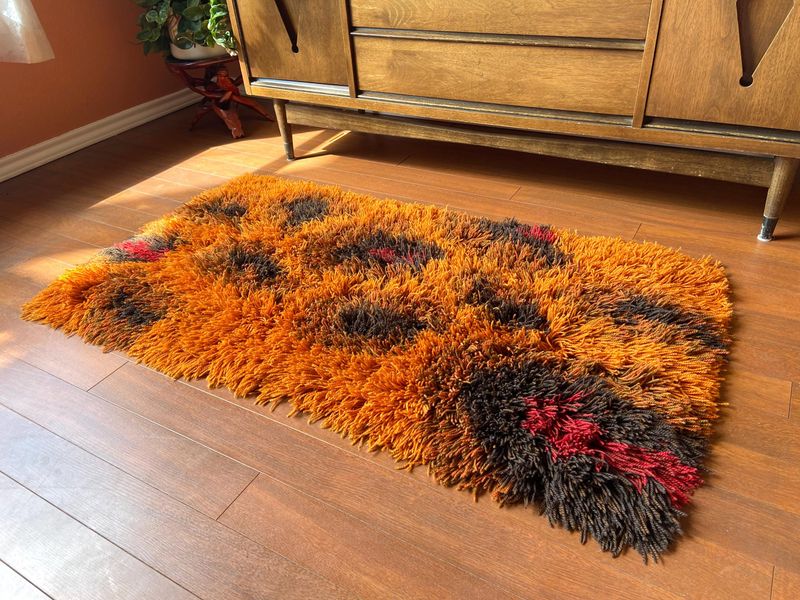
Walking barefoot across a thick, plush shag rug was a quintessential ’70s experience. With their long, woolly fibers standing several inches high, these carpets brought texture and warmth to homes during the era of disco and bell-bottoms.
Orange, brown, and harvest gold dominated the color palette, though some adventurous homeowners opted for psychedelic multicolored versions. Maintaining these rugs was notoriously difficult just ask anyone who ever had to rake one clean or remove spilled drinks from the dense pile!
Today’s market has seen a resurgence in shag rugs, though modern versions tend to be more subdued. If you’ve inherited an authentic ’70s shag in good condition, it could be worth preserving as both a functional piece and a valuable slice of design history.
4. Avocado Green Appliances
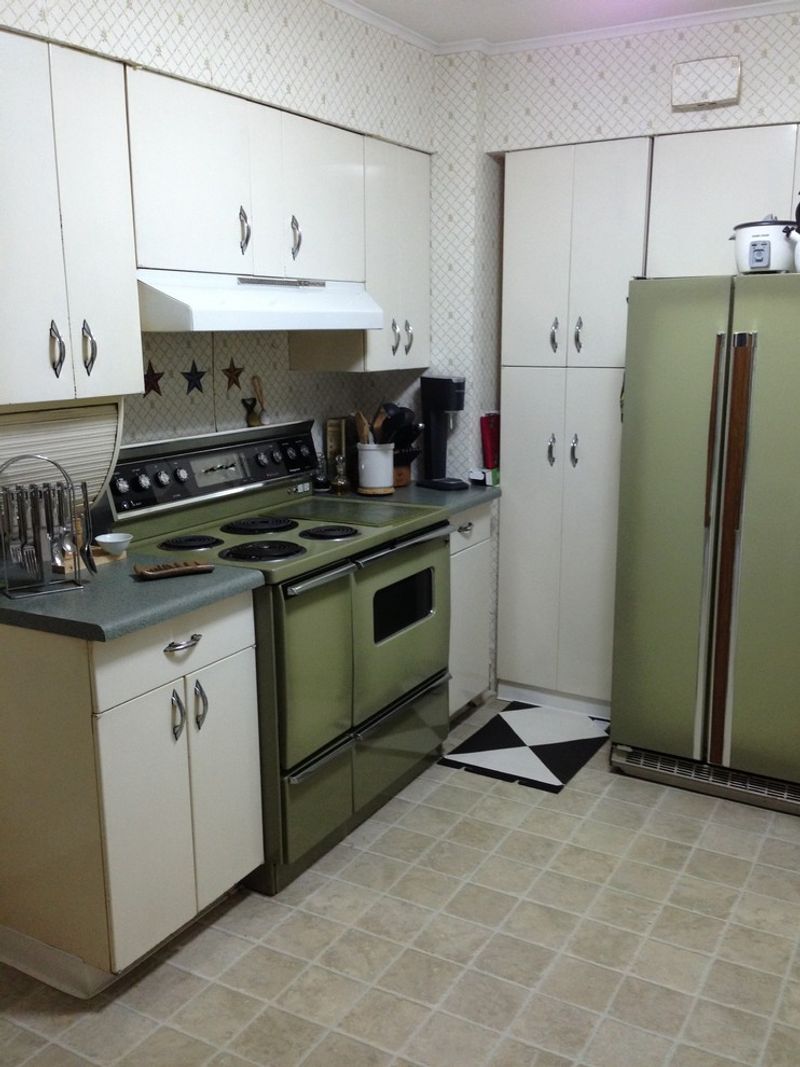
Before stainless steel took over kitchens, avocado green reigned supreme. This distinctive olive-toned hue adorned everything from refrigerators and stoves to dishwashers and even toilets throughout the 1970s.
Paired frequently with harvest gold or burnt orange, these colored appliances defined the decade’s kitchen aesthetic. My grandmother kept her avocado green fridge until the early 2000s, claiming they “don’t make them like they used to.”
She wasn’t entirely wrong – many of these appliances were built to last. While most homeowners have long since updated their kitchens, there’s a growing market for vintage appliances among retro enthusiasts. Working avocado green refrigerators in good condition can command surprisingly high prices from collectors looking to recreate an authentic period kitchen.
5. Macramé Wall Hangings
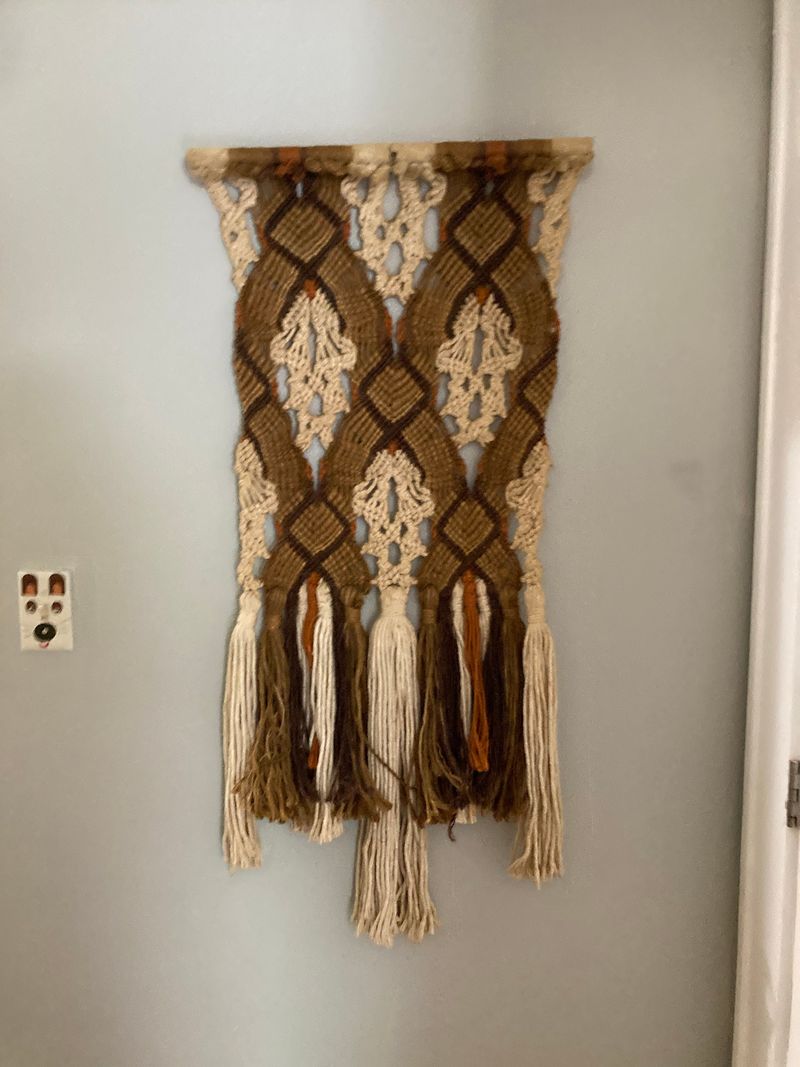
Knotted from jute, cotton, or hemp, macramé wall hangings brought organic texture to ’70s interiors. These handcrafted pieces often featured geometric patterns, plant holders, or nature-inspired designs that complemented the era’s fascination with handicrafts and natural materials.
Women’s magazines regularly featured instructions for creating your own macramé projects. My mother made several pieces after taking a community class, and one still hangs in her guest room today.
The good news for attic explorers is that macramé has made a major comeback in contemporary interior design. Vintage pieces, especially large or intricate ones, can fetch significant prices at antique shops and online marketplaces. Even better, their neutral tones often blend well with modern decor, making them one of the most adaptable ’70s relics.
6. Wood Paneling Panels
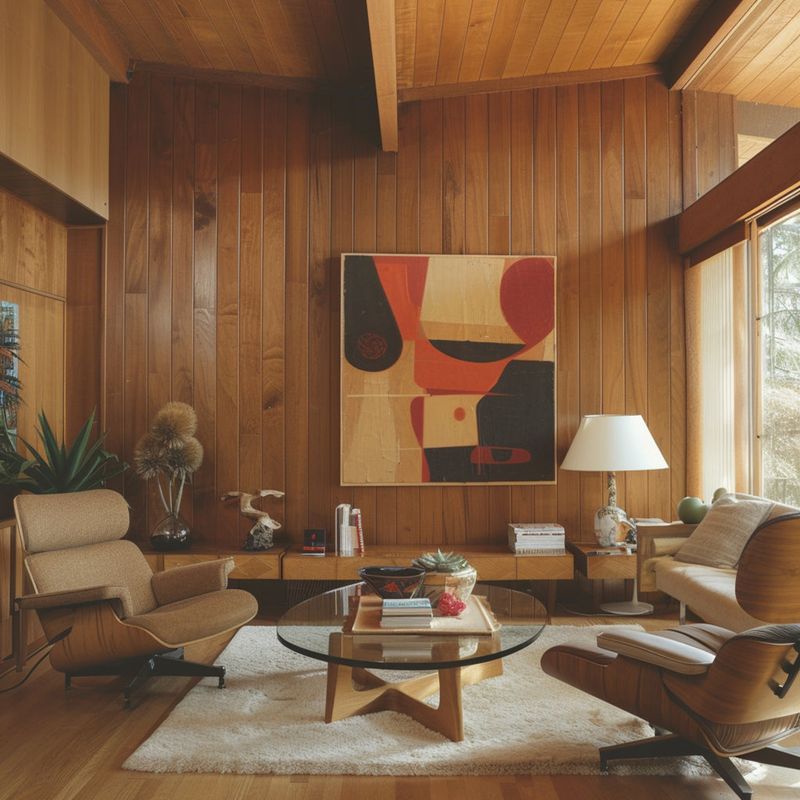
Dark wood paneling transformed countless basements, dens, and living rooms into warm, cabin-like spaces during the 1970s. Typically made from plywood with a veneer finish, these panels were relatively inexpensive and easy to install, making them a go-to solution for home improvement projects.
Dad covered our basement walls with this material when I was a kid. Combined with shag carpeting and a built-in bar, it created the perfect entertaining space for their bridge club gatherings.
While many homeowners have since painted over or removed their wood paneling, original unused panels might be valuable to restoration enthusiasts. The vintage look has even experienced a limited comeback, with designers using it as an accent wall rather than covering entire rooms as was common in the ’70s.
7. Harvest Gold Cookware
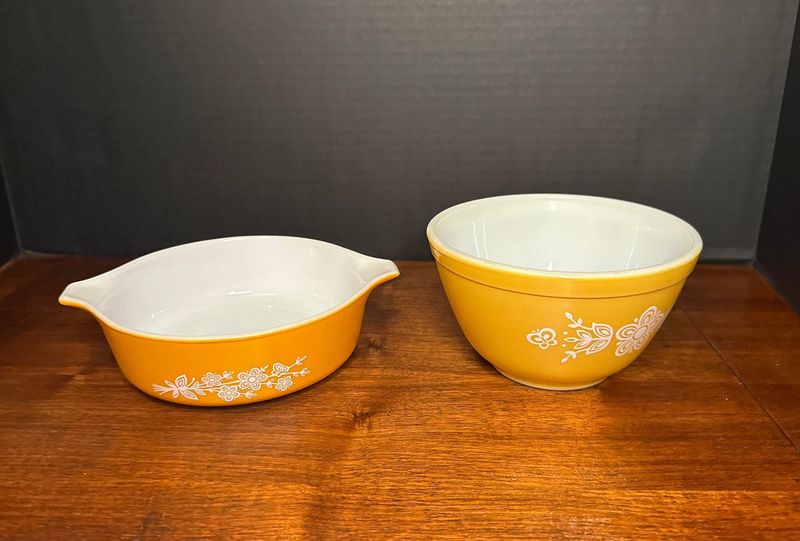
That distinctive yellowish-gold color known as “harvest gold” dominated kitchens throughout the 1970s. From Pyrex mixing bowls to Corningware casserole dishes, this warm hue appeared on practically every cooking implement imaginable.
Families passed these durable pieces down through generations. My aunt still uses her harvest gold Corningware for holiday meals, insisting it cooks more evenly than modern alternatives.
Collectors now actively seek these pieces, particularly complete sets or rare patterns. The flame-resistant properties and durability of vintage Pyrex and Corningware have created a thriving secondary market. Some patterned pieces can sell for hundreds of dollars, especially those in mint condition with original lids. Check your kitchen cabinets that old casserole dish might be worth more than you think!
8. Popcorn Ceiling Texture Tools
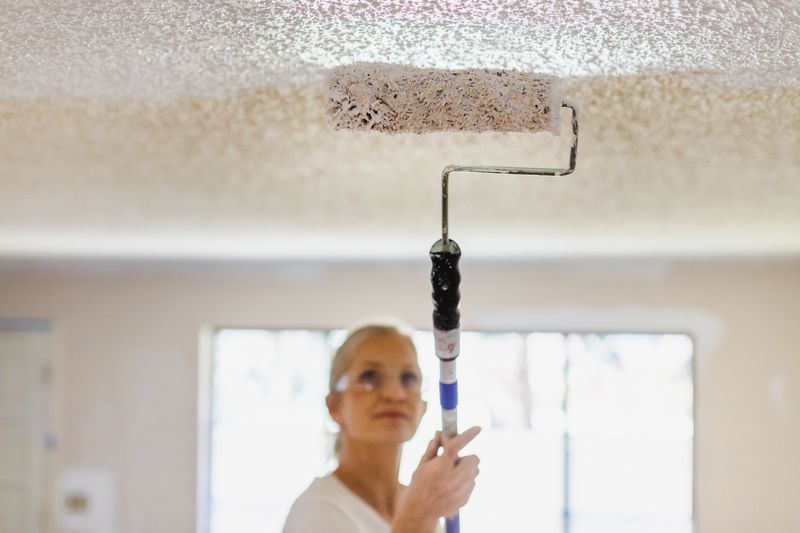
Those bumpy, spray-on ceiling textures that resembled cottage cheese became wildly popular in the 1970s. Homeowners embraced popcorn ceilings (also called acoustic ceilings) because they hid imperfections and provided sound dampening qualities.
Applying this texture required special hopper guns and mixing tools, many of which ended up stored away after the project was complete. The distinctive look fell out of favor by the 1990s, with many homeowners going through the messy process of scraping it off.
While the ceilings themselves aren’t particularly valuable, the vintage application tools might interest collectors of old construction equipment. More importantly, if you find unused texture material in your attic, have it tested before handling some products manufactured before 1978 contained asbestos and require professional removal.
9. Beaded Door Curtains
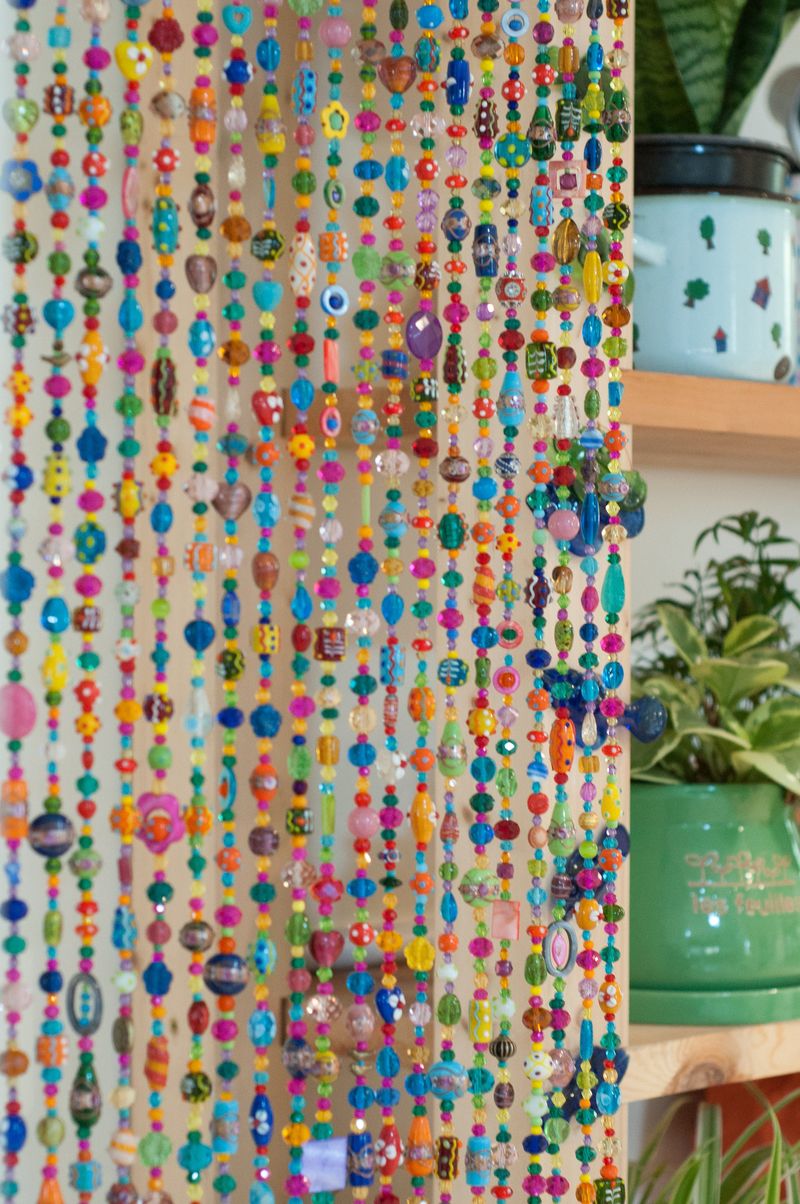
Colorful beads clicking together created the soundtrack of many ’70s homes. These hanging curtains served as room dividers while allowing air flow and adding a bohemian touch to doorways and archways throughout the house.
Made from wood, plastic, or bamboo beads strung on threads, these curtains came in various patterns and designs. The hippie movement embraced them wholeheartedly, often choosing peace signs or nature motifs.
My best friend’s older sister had a rainbow beaded curtain separating her bedroom from a sitting area we thought it was the coolest thing ever. Authentic vintage curtains in good condition have become collectible items, especially those with unique designs or materials. Modern reproductions exist, but true ’70s examples have a distinctive look and feel that’s hard to replicate.
10. Vinyl Record Players
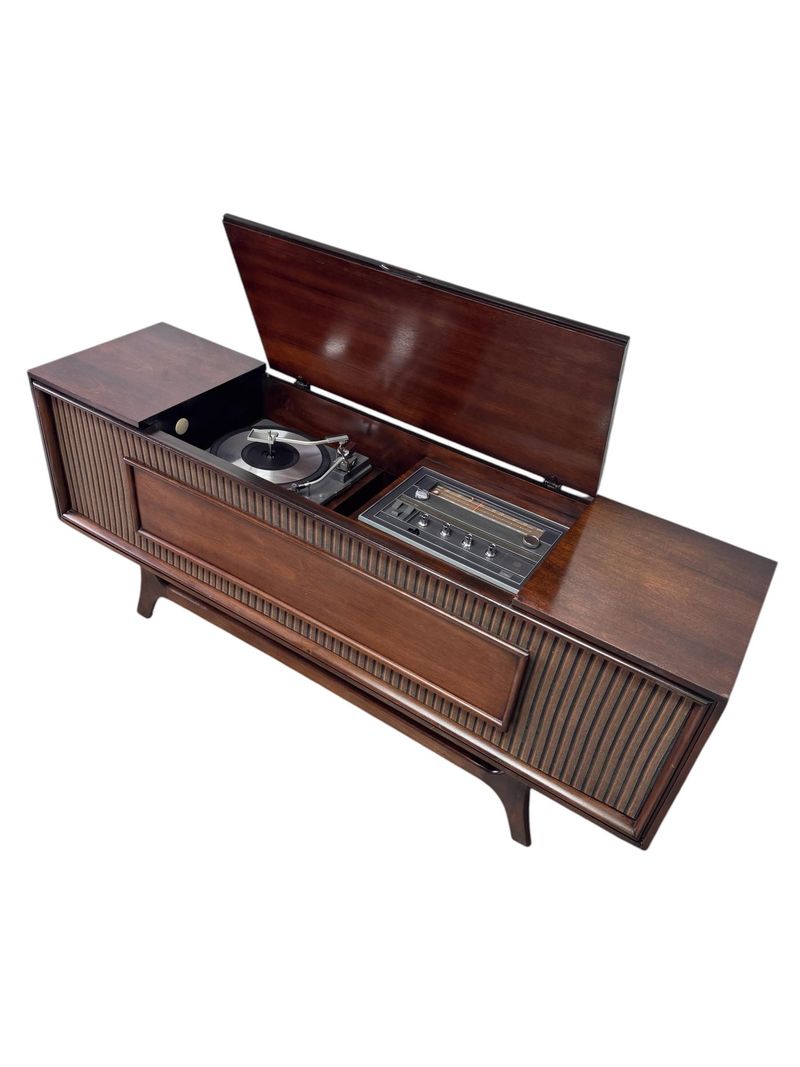
Before digital music existed, vinyl records and turntables were the heart of home entertainment. These record players ranged from portable suitcase models to sophisticated component systems integrated into large wooden console cabinets.
Families gathered around these systems to listen to albums together. I remember my parents’ turntable had an automatic arm that would delicately place the needle on the record’s edge pure mechanical magic to my young eyes.
While vinyl has experienced a massive revival, authentic ’70s turntables offer both nostalgic value and surprising sound quality. High-end brands like Marantz, Pioneer, and Technics from this era are particularly sought after by audio enthusiasts. Even more common models can fetch decent prices if they’re in working condition with original components intact.
11. Retro Alarm Clocks
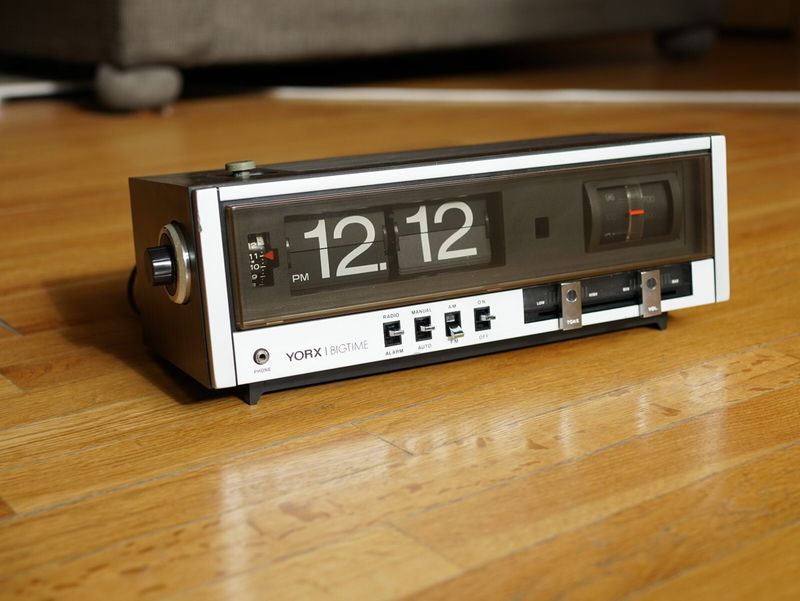
Before smartphones woke us up, bedside tables featured flip clocks, digital displays with glowing red numbers, or wind-up alarm clocks with twin bells on top. These timepieces combined functionality with the distinctive aesthetic of ’70s design.
The most iconic might be the Westclox “Drowse” models with their snooze buttons a revolutionary feature at the time. My childhood bedroom had a flip clock that made a satisfying whirring sound as the minutes changed.
Collectors now seek these vintage timepieces, especially unique designs or well-known brands in working condition. The flip-style clocks (popularized in the movie “Groundhog Day”) command particularly high prices. Even common models evoke strong nostalgia and can serve as functional decor pieces for those seeking to recreate authentic ’70s interiors.
12. Mushroom Canister Sets
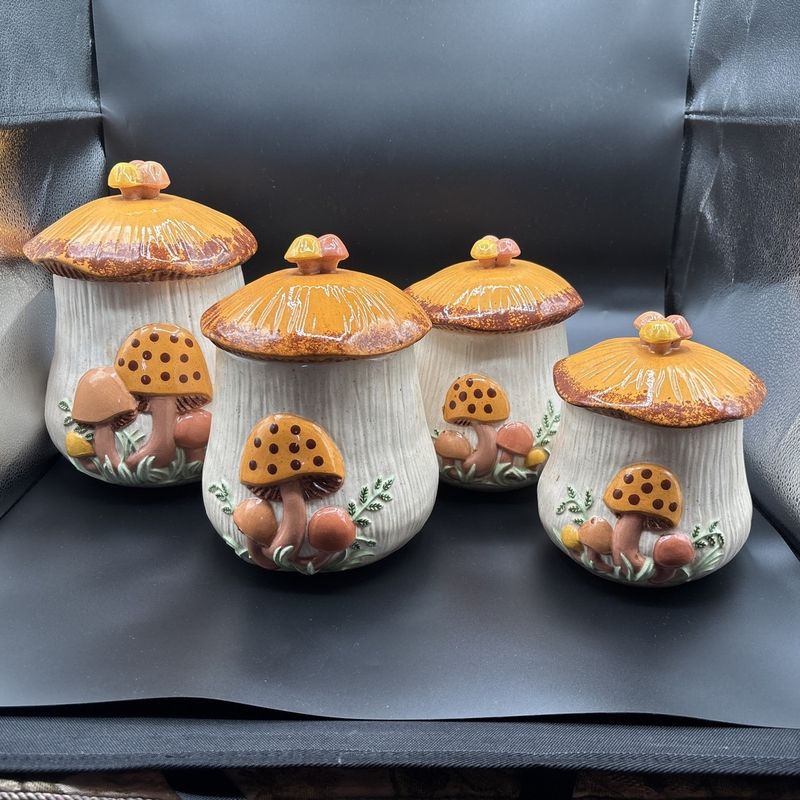
Mushroom motifs appeared everywhere in ’70s kitchens, but especially on ceramic canister sets used for storing flour, sugar, coffee, and tea. These whimsical containers typically featured earthy colors like browns, oranges, and greens, reflecting the decade’s nature-inspired palette.
The most collectible sets were produced by companies like Arnel’s and Sears, often with matching salt and pepper shakers, butter dishes, and cookie jars. My grandmother’s kitchen featured the complete mushroom set, which fascinated me as a child with their quirky fungi-shaped lids.
These kitschy kitchen accessories have developed a dedicated following among collectors. Complete sets in good condition without chips or cracks can sell for surprising amounts at antique stores and online marketplaces. Even individual pieces can be valuable, especially rarer items like creamers or sugar bowls.

